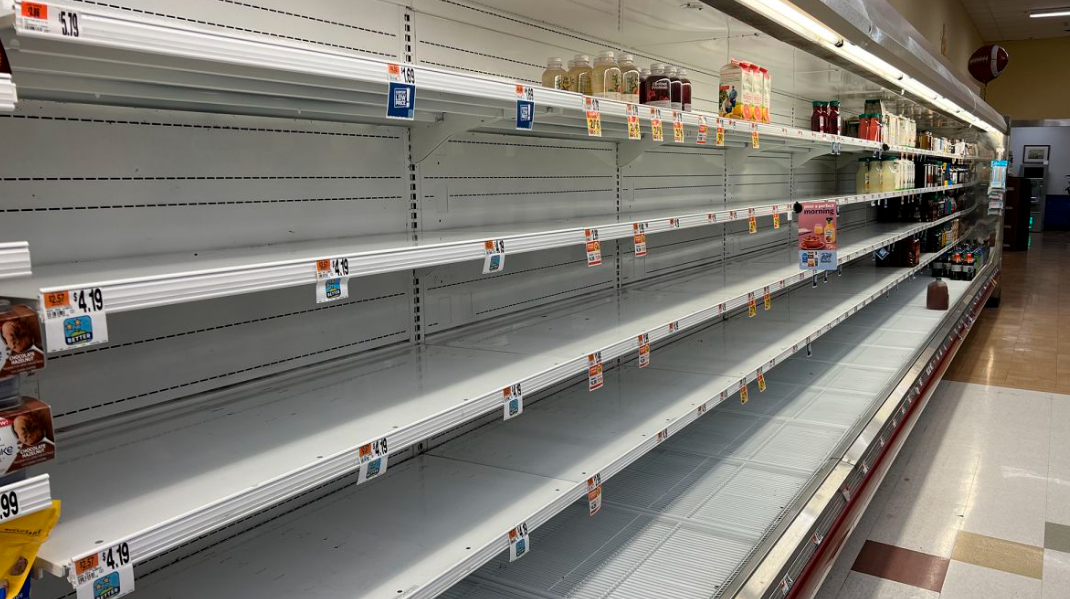The shelf is the most important part of any retail environment. It’s where you can make the most impact on the consumer and where you can tell your brand story.
A properly merchandised shelf can be beautiful, but it takes work to get there. Here are some things that matter when you’re designing your store shelf:
Shelf Division
Shelf divisions are the vertical lines between each shelf unit, they give customers a sense of order and organization when looking at products. The more divisions there are on a shelf, the more organized it looks and feels to consumers. This makes them more likely to buy something off that shelf because they feel confident that everything is nicely displayed and easy to find. One or two divisions per shelf is ideal for most products – anything more than this can look cluttered and confusing for customers (unless it’s done intentionally for aesthetic reasons).
Shelf Visibility
Online shoppers have unlimited shelf space to browse through, but physical store shoppers have limited shelf space. This means that you need to make sure that your products are visible on the shelf before they even pick them up.
Shelf Color
In retail stores, there are many different kinds of shelves. Most commonly, they are either white or brown. However, each type of shelf can be customized according to your needs. You can choose the color of the shelves so that they match the colors of your products and make them stand out more on the shelf. You can also choose matte or glossy finishes for the shelves to give them a more professional look and feel.
Shelf Design
You want to make sure that your shelves match the rest of your store design, so that your customers feel like they’re in an environment that is welcoming and inviting. You also want to make sure that all of your shelves are easy to read and clear about what’s being sold on them. This will help you sell more products by making people feel like they need what’s on those shelves right now!
Shelf Material
There are many different types of materials used for store shelf design, including wood, metal and plastic. Each material has its own advantages and disadvantages when it comes to holding up against wear and tear over time, as well as how much weight it can hold without collapsing under its own weight or breaking down due to exterior factors like weather conditions (especially rain!).
Conclusion
Exploring the store shelves in different grocery chains, you can see that some products are given more shelf space than others. In addition, some products are given special promotion and better positioning, even if they might not always be the best sellers. Positioning higher up on the shelf does not necessarily mean a product will sell better. However, retailers still need to keep a keen eye out to make sure their shelf color and design does not repulse their customers from buying from them.
